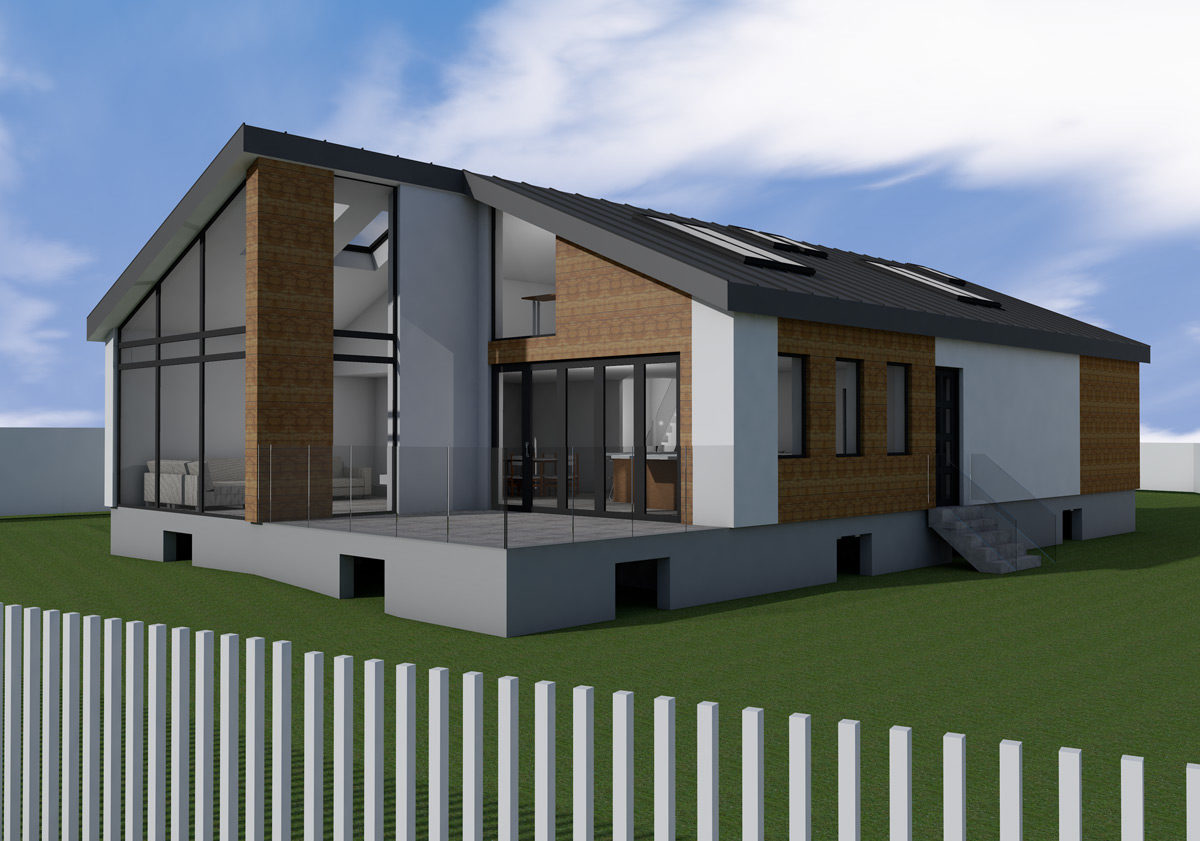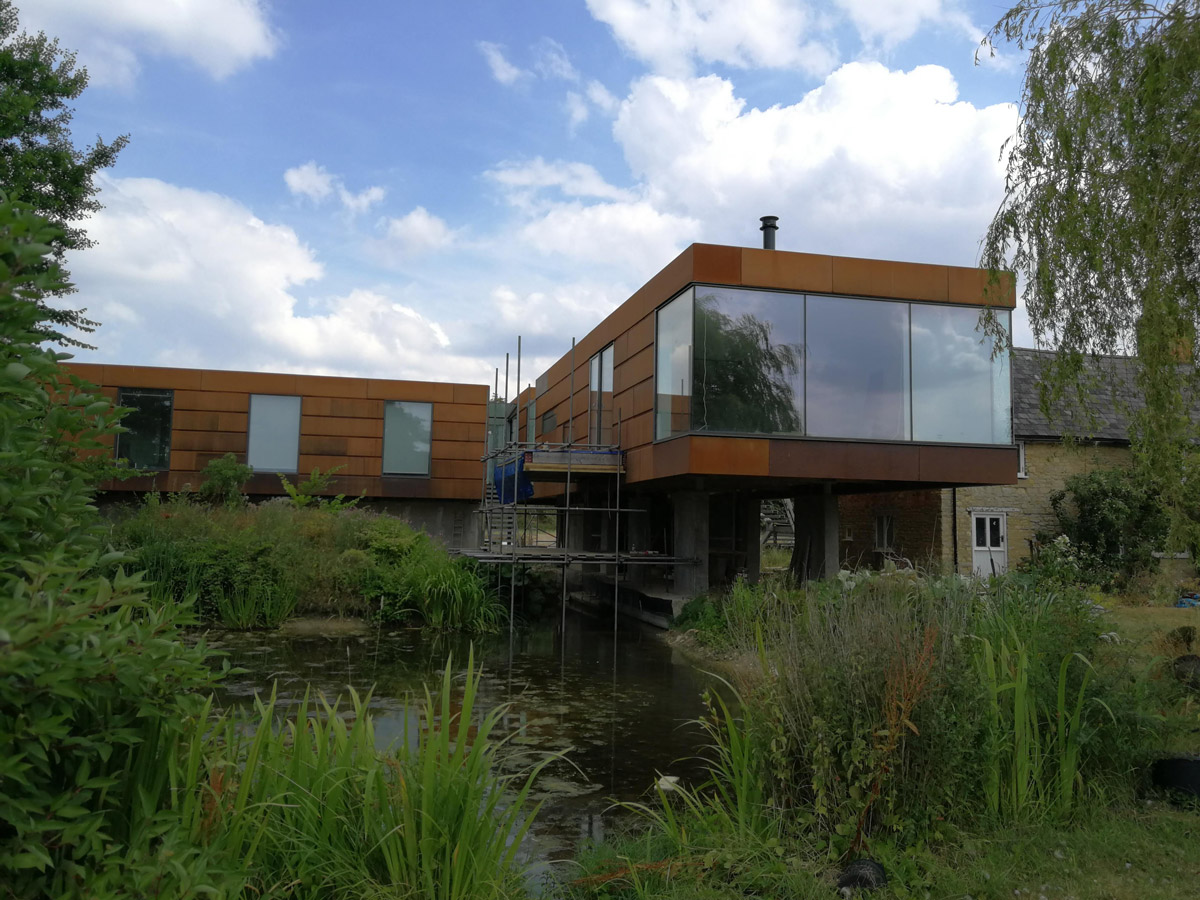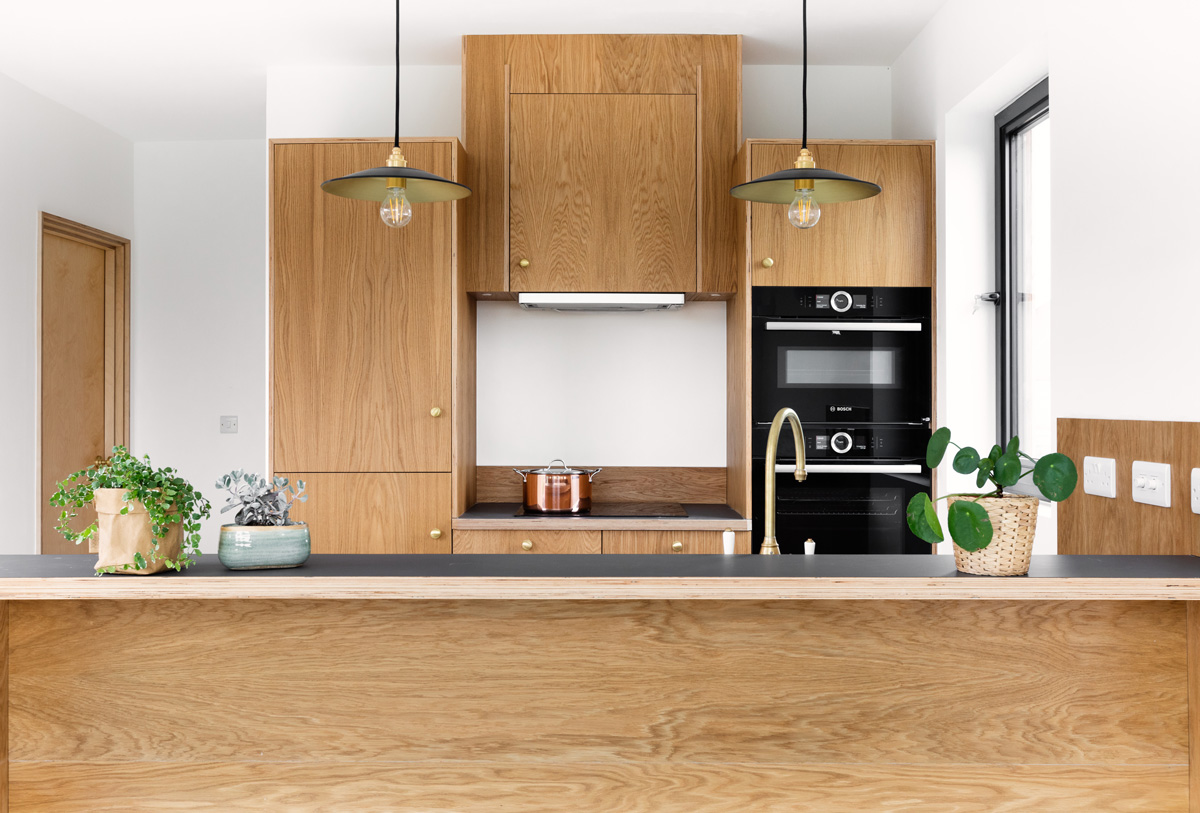Organising your funding may not be the most exciting part of your homebuilding project, but it’s one of the most important. Before you get carried away with the design, build system and materials, it’s important to know how you are going to fund the build and how much you have to spend.
WORKING OUT YOUR BUDGET AND COSTS
To work out your budget, you must calculate how much money you already have and how much you can borrow. Your contribution to the build must be accessible cash, so if the money you wish to use is tied up in property, this must be released.
How much you can borrow depends on your individual financial circumstances. As with any mortgage, lenders will look at your income and outgoings to calculate how much they are willing to lend. A standard Self Build mortgage will typically enable you borrow up to 75% of your project costs, while others mortgages available through BuildStore offer increased borrowing of up to 85%, and in some cases 95% of your costs. If you already own your plot, it may be possible to borrow enough to fund your build costs in full.
Your build costs will depend on a number of different factors, for example the size of your new home, location, design, construction type and internal specification. When calculating your costs,you must include the plot purchase price (if applicable), estimated build costs, associated fees, plus a 10 – 20% contingency.

ESTABLISHING YOUR CASHFLOW
Positive cashflow is key to any successful Self Build and the availability of your borrowed funds during the build must be a factor when choosing your borrowing solution.
When buying a property using a traditional mortgage, your priorities will be a low interest rate, minimal fees and the total loan amount. With a Self Build your priority should be your cashflow, and ensuring sufficient cash is available to complete each stage of your build.
Your mortgage must be tailored to suit your financial circumstances, build and payment schedule. It’s not just about how much you can borrow, but when that money is available to you throughout the build to allow you to pay your tradespeople and suppliers – whether that’s monthly, weekly or daily!

STAGE PAYMENT MORTGAGES
As your Self Build home will be paid for in stages, rather than borrowing funds using a traditional mortgage, a specialist borrowing option is more suitable.
A stage payment mortgage is designed to fund a range of homebuilding plans. It differs from a traditional mortgage in that the funds are released in stages, rather than as a single amount.
There are two types of Self Build mortgage. They are defined by how funds are released during the build, where your stage payments are either subject to an increase in the value of works completed or guaranteed based on your costs. The type of construction method you choose, your build payment terms, how much money you’ll put towards the build and how much you can borrow will all influence the type of mortgage you require.
The cost based stage payment mortgage provides guaranteed stage payments based on your build costs either before or after each build stage, depending on your build payment schedule – even when there has been no uplift in the value of works completed. This gives you certainty in your budget and peace of mind knowing you can plan for and pay your bills on time.
If you’ve chosen an off-site manufactured building system like a timber frame, SIPs or ICF where you may be required to pay for your system in full before it even leaves the factory, a cost based mortgage ensures you’ll have the cash to meet your supplier’s payment terms. What’s more, as a cash buyer you can take advantage of the best deals and time restricted offers on materials.

OTHER BORROWING OPTIONS
If you have enough equity in your current home or own it outright, you could remortgage or secure a bridging loan to pay for the plot, fund your build costs or both. Then when your new home is finished, you can sell your old one to pay off the loan. This way you can stay in your current home during the build and avoid the upheaval of moving, living onsite or renting during the build.
When it comes to funding your Self Build, it’s important to speak with an expert mortgage adviser like BuildStore, who can look at your financial circumstances and build requirements to recommend and tailor a borrowing solution to suit you and your new home.
BEFORE YOU APPLY FOR FUNDING, HERE’S OUR TOP TIPS FOR GETTING PREPARED!
- Discuss your borrowing options with a specialist mortgage adviser, like BuildStore
- Work out your budget and costs early on
- Make sure your chosen build type and design is mortgageable
- Have a clear and realistic build cost breakdown
- Check your credit score before the lender does
- Clear any credit cards and overdrafts where possible
- Make sure your bank statements show a responsible spending pattern
More articles discussing financing your Self Build below:




